
RÍO SAN LORENZO ubicación, afluentes y todo lo que necesita saber
El río San Lorenzo (en francés: fleuve Saint-Laurent; en inglés: Saint Lawrence River; en tuscarora, Kahnawáˀkye; [2] en mohawk, Kaniatarowanenneh, que significa «gran vía navegable») es uno de los principales ríos de Norteamérica, el colector de los Grandes Lagos que conecta con el océano Atlántico, en el golfo de San Lorenzo.En su primer tramo forma la frontera natural entre.
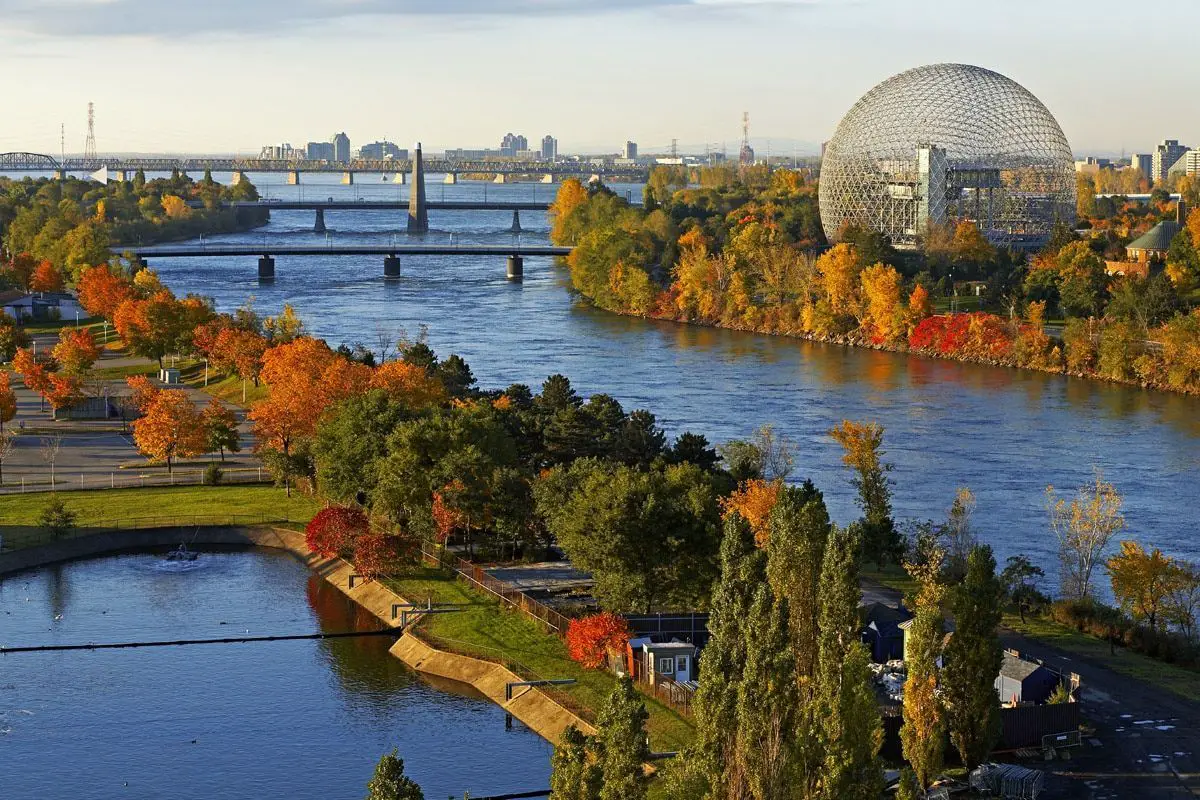
RÍO SAN LORENZO Ubicación, Afluentes, y todo lo que necesita saber.
San Lorenzo (Spanish pronunciation: [san loˈɾenso], locally [ˌsaŋ loˈɾeŋso]; Spanish for "Saint Lawrence") is a town and municipality of Puerto Rico located in the eastern central region, north of Patillas and Yabucoa; south of Gurabo; east of Caguas and Cayey; and west of Juncos and Las Piedras.San Lorenzo is spread over twelve barrios and San Lorenzo Pueblo (the downtown area and the.

RÍO SAN LORENZO ubicación, afluentes y todo lo que necesita saber
The San Lorenzo River (Spanish: Río de San Lorenzo) is a 29.3-mile-long (47.2 km) river in the U.S. state of California.The name San Lorenzo derives from the Spanish language for "Saint Lawrence" due to its reported sighting on that saint's feast day by Spanish explorers.Its headwaters originate in Castle Rock State Park in the Santa Cruz Mountains and flow south by southeast through the San.

Los bosques mixtos del río San Lorenzo Quebec Canadá
Search depicted. English: Saint Lawrence River is a large river flowing approximately from southwest to northeast in the middle latitudes of North America, connecting the Great Lakes with the Atlantic Ocean. Français : Le Saint-Laurent est un fleuve qui relie les Grands Lacs de l' Amérique du Nord à l' océan Atlantique.

Río San Lorenzo, Quebec
Transmission Irapuato Electric Powertrain Center Address: Río San Lorenzo 1475 Parque Industrial Castro del Río Irapuato Guanajuato Mexico Number of Employees: 700 Employment Note: Approximately 500 of these employees are hourly. Employee Disclaimer: Current Products: E-Transaxle - PDU, 1T50LP - CX727 and E-Motor (Stator & Rotor) Historical Products: Year Opened: 2017 Plant Size Square Feet.
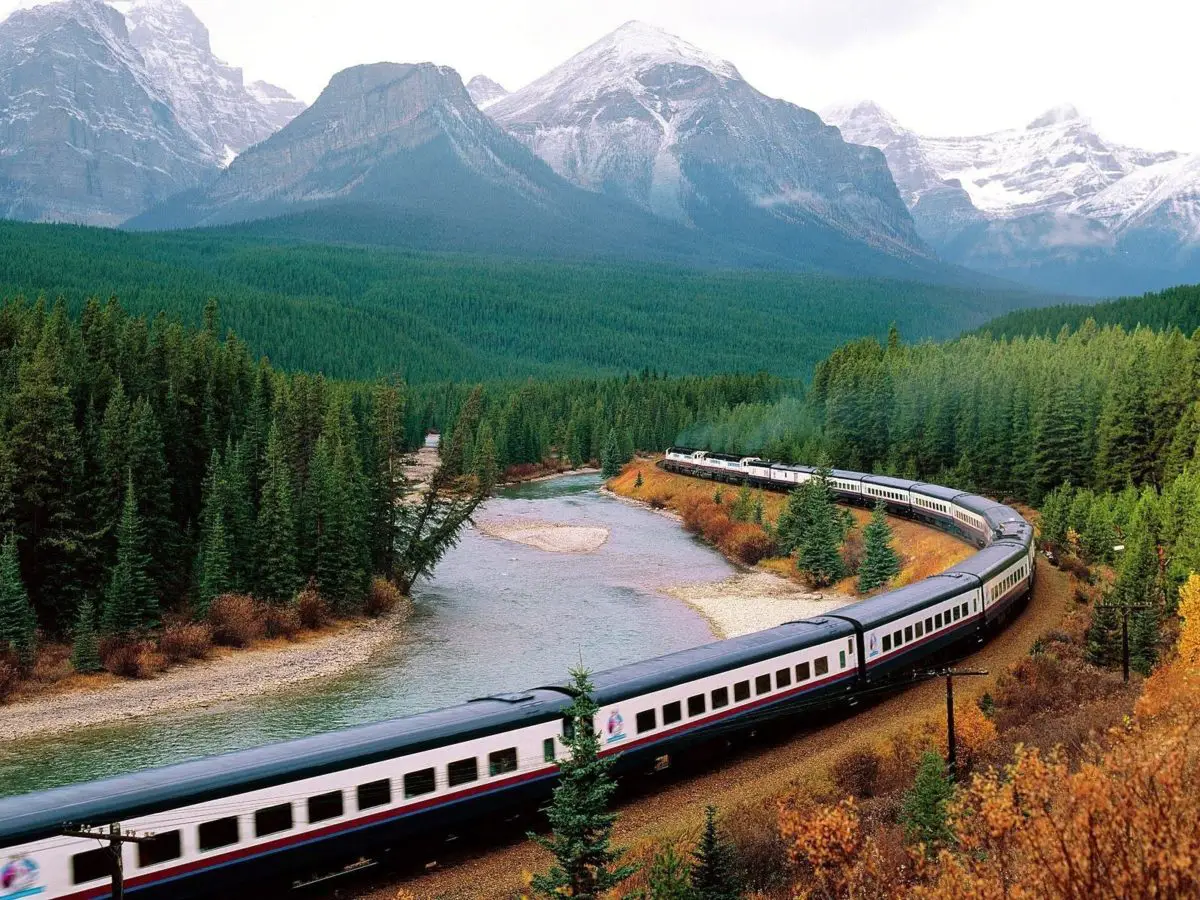
RÍO SAN LORENZO Ubicación, Afluentes, y todo lo que necesita saber.
Al tanto que su desembocadura se localiza en el Océano Atlántico, a 0 mts de altura, tras atravesar el estuario de San Lorenzo, el de mayor tamaño del mundo, donde su caudal promedio es de 9.850 m³/s. La amplitud de su desembocadura es de 500 kms, más si se incluye el estuario se prolonga a 1.200 kms.

RÍO SAN LORENZO El Baúl EL MUNDO
We chose Rio San Lorenzo amaranth because of its beautiful marbled seed heads of pink-red and yellow-gold. They are gorgeous and seem to shimmer. Leaves can also be eaten raw when young or cooked like spinach when more mature. Vigorous plants typically grow to 7′ for us, although height may vary from 5-8′ depending on specific growing.
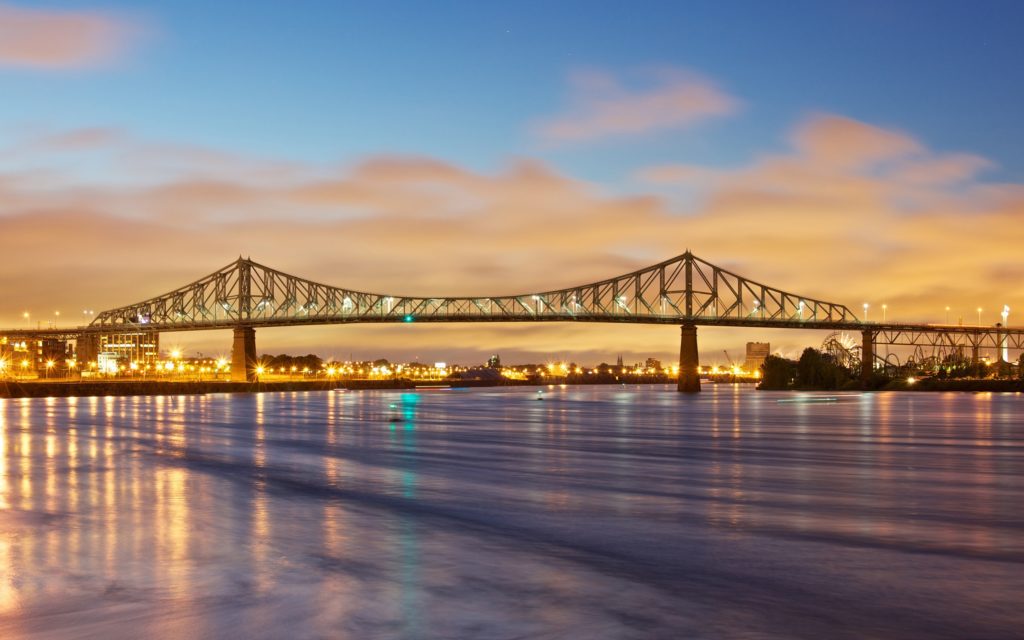
RÍO SAN LORENZO ubicación, afluentes y todo lo que necesita saber
El San Lorenzo es un gran río que discurre por las latitudes medias del continente. Nace en el lago Ontario, junto a Kingston, para luego pasar por las ciudades de Brockville y Cornwall (en la provincia de Ontario); y Montreal, Trois-Rivières y la ciudad de Quebec (en la de Quebec). Desemboca en el Atlántico después de atravesar el homónimo estuario de San Lorenzo, el estuario más grande.

RÍO SAN LORENZO ubicación, afluentes y todo lo que necesita saber
Siguiendo el San Lorenzo, a 180 kilómetros de Prescott llegamos a Montreal, en una inmensa isla. A los pies del Mont Royal que le da nombre, ha conservado el viejo espíritu francés en su casco.

RÍO SAN LORENZO ubicación, afluentes y todo lo que necesita saber
O rio São Lourenço (em inglês: Saint Lawrence; em francês: Saint-Laurent), é um rio que conecta os Grandes Lagos com o oceano Atlântico.Sua foz é o golfo de São Lourenço, o maior estuário do mundo. Ele passa pelo lago Ontário.O rio possui um comprimento de 1.197 quilômetros. [1]O rio São Lourenço passa pelas províncias de Ontário e Quebec, no Canadá, e pelo estado americano de.
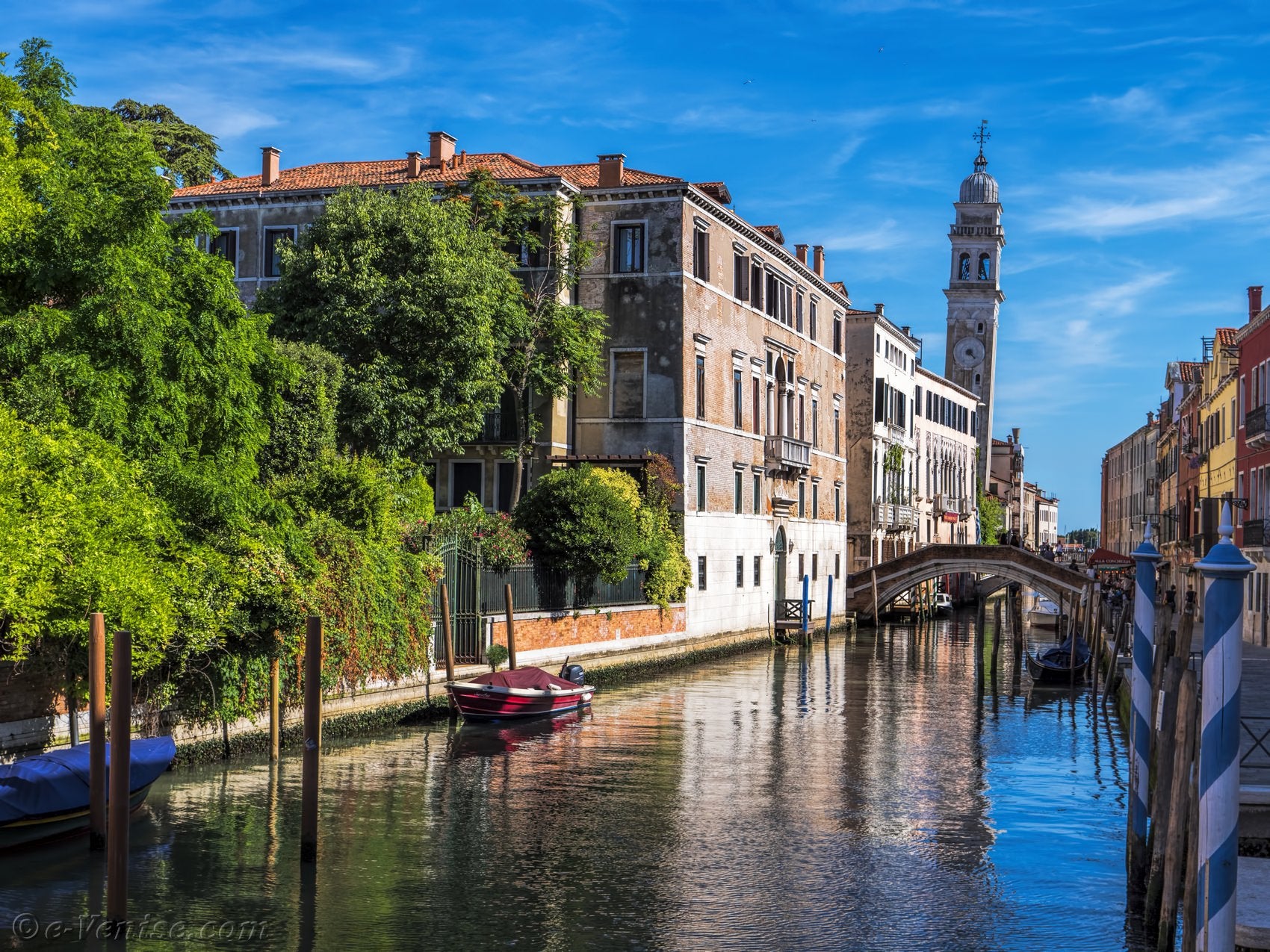
Le Rio San Lorenzo dans le Castello à Venise
The park is comprised by the Archipelago islands of San Lorenzo, Las Animas, Salsipuedes, Rasa, and Partida with the surrounding maritime border of the islands with a total area of 50,442 hectares. The Archipelago islands are surrounded by deep, cold water rich in nutrients in the center part of the Gulf of California also known as the Sea of.

RÍO SAN LORENZO ubicación, afluentes y todo lo que necesita saber
El río San Lorenzo (en francés, fleuve Saint-Laurent; en inglés, Saint Lawrence River; en tuscarora, Kahnawáˀkye;2 en mohawk, Kaniatarowanenneh, que signifi.

Por el Fiordo de Saguenay, Río San Lorenzo. Canadá por Pedro Jiménez
Río San Lorenzo or San Lorenzo River or variant, may refer to: San Lorenzo River, California, USA; San Lorenzo River (Mexico) See also. Saint Lawrence River (U.S.-Canada; the Great Lakes) San Lorenzo (disambiguation) This page was last edited on 2.
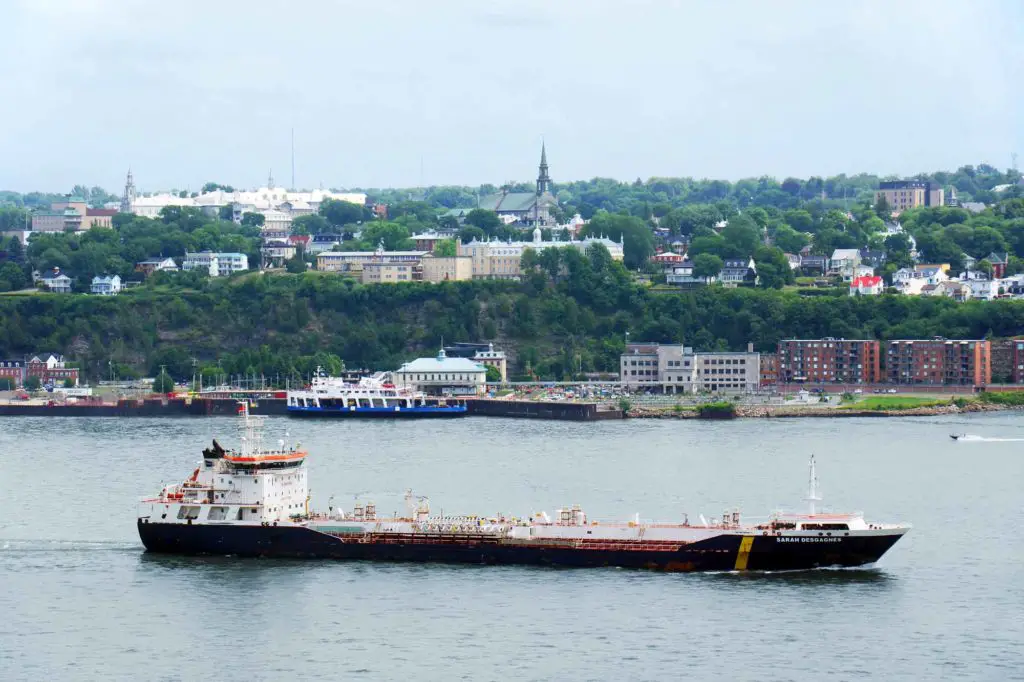
RÍO SAN LORENZO Ubicación, Afluentes, y todo lo que necesita saber.
Afluentes del Río San Lorenzo. Entre los afluentes del río San Lorenzo, tenemos que la cuenca de drenaje del río San Lorenzo cubre alrededor de 1 millón de km2, de los cuales 505,000 km2 están en los Estados Unidos, y su descarga promedio de casi 10,100 m3 / s es la más grande en Canadá. Su mayor afluente, el río Ottawa, drena unos.

RÍO SAN LORENZO ubicación, afluentes y todo lo que necesita saber
Length 0.4 miElevation gain 59 ftRoute type Out & back. Discover this 0.4-mile out-and-back trail near Salta, Salta. Generally considered an easy route, it takes an average of 10 min to complete. This trail is great for walking, and it's unlikely you'll encounter many other people while exploring.
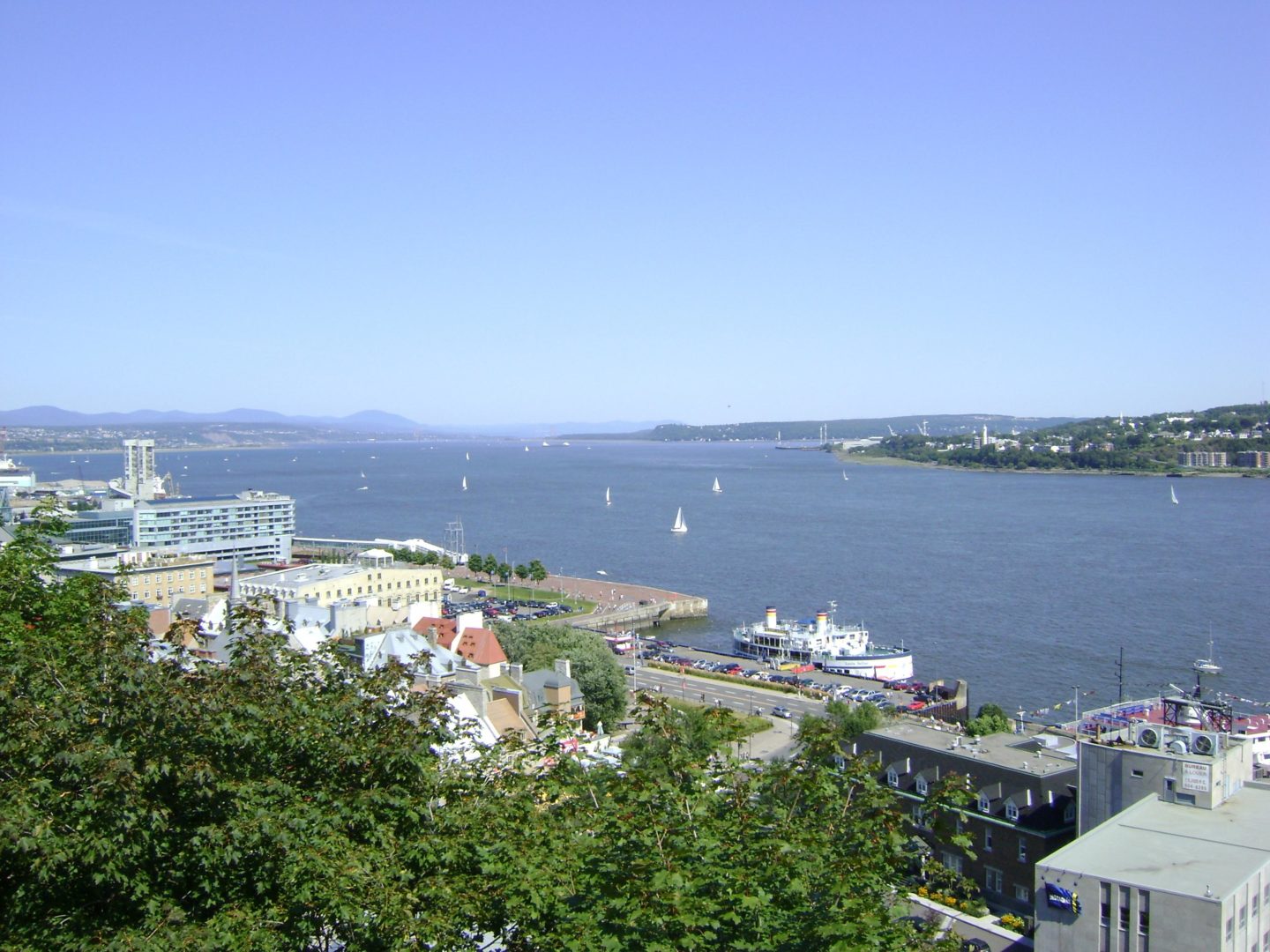
Río San Lorenzo de Norteamérica Fundación Aquae
San Lorenzo River: location, tributaries and all you need to know. The St. Lawrence River (French: Fleuve Saint-Laurent; ) is a large river in the mid-latitudes of North America. The St. Lawrence River, the great river and estuary, which together with the Great Lakes form a hydrographic system that penetrates 3,058 km into North America.